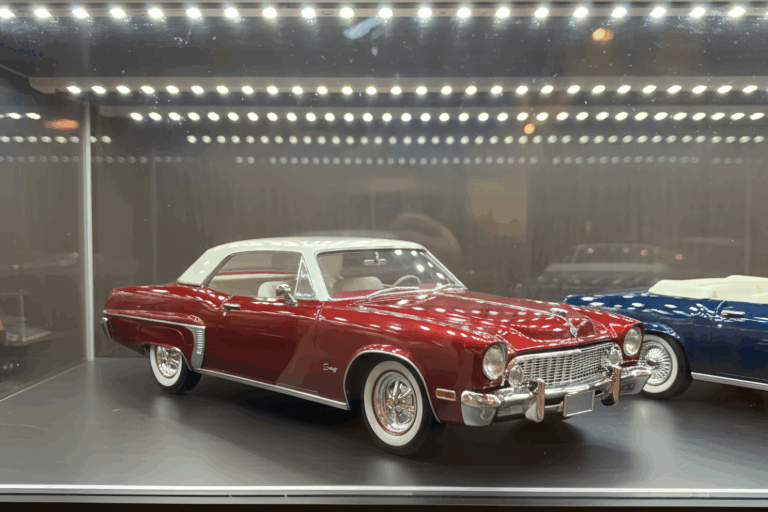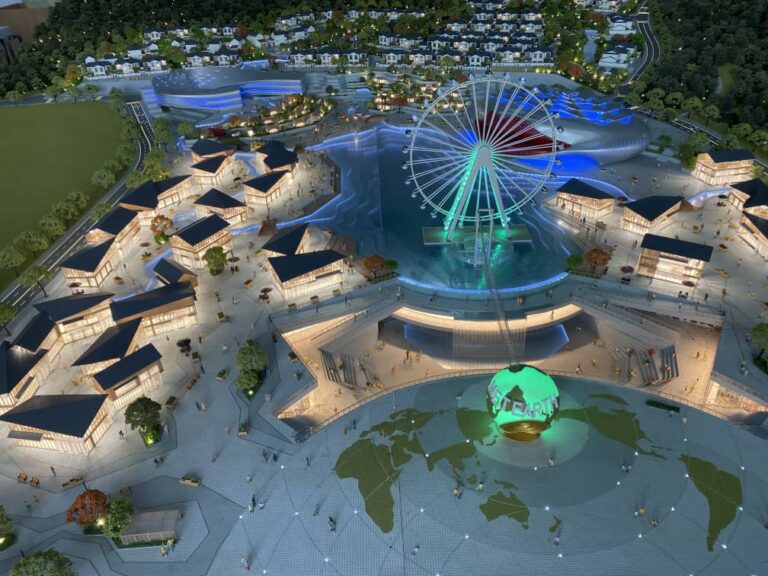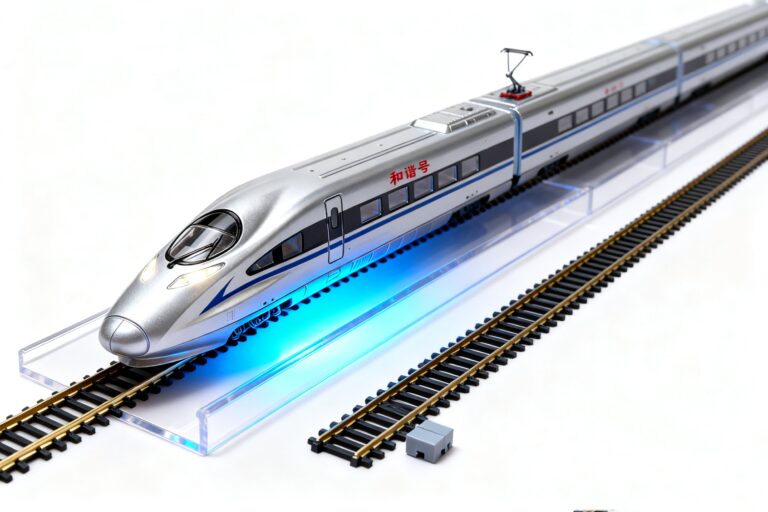Architectural designs bring layouts to life, changing two-dimensional sketches into tangible, three-dimensional representations. Whether you’re an architect, a pupil, or a hobbyist, mastering building model making can boost your style process, enhance spatial understanding, and help communicate your vision efficiently. This detailed overview covers every little thing from choosing the right scale and version products to sophisticated methods like laser cutting and 3D modeling. Packed with model-making tips, it’s excellent for anyone wanting to create a building design that excites.
Article Rundown
1. What Is a Building Model and Why Is It Essential?
2. Exactly how to Choose the Right Range for Your Design?
3. What Are the Best Products for Architectural Design Making?
4. Necessary Tools You Need to Develop Specialist Versions
5.Step-by-Step Overview: Exactly How to Make an Architectural Design
6. Idea Designs vs. Discussion Models: What’s the Distinction?
7. Just How Does 3D Modeling Enhance Physical Design Making?
8. Top 5 Mistakes to Stay Clear Of When Building Architectural Models
9. Just How Do Expert Architects Use Models in Their Workflow?
10. Advanced Techniques: Laser Reducing, 3D Printing, and Beyond
1. What Is an Architectural Design and Why Is It Vital?
A building version is a physical depiction of a structure or framework in 3 measurements. Unlike illustrations or 3D makings, versions enable architects to test spatial relationships, evaluate mass, and refine style concepts prior to building and construction begins.
Versions offer various objectives at numerous stages of the style process. Very early study models, frequently made from foam or cardboard, help discover standard forms. In contrast, presentation versions, usually crafted from basswood or acrylic, showcase improved information to customers. For style trainees, version making is an important ability that links theory and technique, enabling them to grasp complex principles and communicate successfully with stakeholders.
2. Just how to Choose the Right Scale for Your Design?
Picking the right range is vital in architectural version making. Typical scales consist of:
1:500 for urban preparation models
1:100 for building massing studies
1:50 for detailed interior depictions
A tiny scale (e.g., 1:500) works well for website designs, while larger scales (e.g., 1:20) allow for elaborate information like home windows and structures. Constantly consider the scale based on what you’re trying to communicate– whether it’s a broad concept or an extremely in-depth building style. Making certain the proper range enhances clarity and help in communicating your vision to others.
3. What Are the very best Products for Architectural Version Making?
The appropriate version products can make or damage your task. Here are some preferred choices:
- Basswood & Balsa: Lightweight and easy to reduce, perfect for structural elements.
- Foam Core & Cardboard: Great for fast sketch designs that call for rapid prototyping.
- Polymer & Cork: Perfect for including texture and realism to your version.
For principle designs, inexpensive products like card stock work well. For presentation versions, take into consideration utilizing laser-cut basswood or acrylic, which deliver a sleek and expert look. The density of materials also matters; thicker items add security, while thinner sheets allow for fragile detailing, improving the overall aesthetic of your design.
4. Important Tools You Need to Build Expert Versions
To produce building models successfully, you need the right devices. Vital products consist of:
Cutting Devices: X-Acto blades, sharp blades, and laser cutters for accuracy cutting.
Adhesives: Hot glue for quick setting up and PVA glue for more delicate job calling for stronger bonds.
Gauging Devices: Range leaders and calipers to ensure precise measurements.
A laser cutter or 3D printer can save time on complicated geometries and intricate information. Purchasing quality devices not only enhances the effectiveness of your job but also enhances the professionalism of the final product.
5. Step-by-Step Guide: Just How to Make an Architectural Version
Follow this structured technique to construct your architectural design:
1. Beginning with Detailed Drawings: Translate your illustrations into exact dimensions to guide your version assembly.
2. Cut the Base: Usage strong materials like cork sheets or foam core for the structure of your model.
3. Assemble the Framework: Construct the walls, floorings, and roof coverings, ensuring every little thing is straightened appropriately.
4. Add Details: Incorporate home windows, appearances, and landscaping components to improve realism.
Breaking the building procedure into phases decreases errors and makes certain a tidy coating, permitting each component of your version to be performed with care.
6. Idea Models vs. Discussion Designs: What’s the Difference?
Recognizing the difference between principle designs and presentation designs is vital:
Concept Models: These are rough, quick versions (typically made of foam or cardboard) utilized to check out and check style concepts in the beginning of the style procedure.
Presentation Versions: These are extremely detailed designs, frequently made using basswood or acrylic, made for customer reviews and presentations.
Recognizing these distinctions assists engineers make use of designs effectively at each stage of the layout procedure, tailoring their method based on the model’s designated feature.
7. Exactly How Does 3D Modeling Enhance Physical Version Making?
Digital devices like 3D modeling and making complement physical versions by permitting architects to check lights, materials, and spatial arrangements before dedicating to a physical model develop. Incorporating both approaches improves visualization and simplifies the layout procedure, making it possible for engineers to check out ideas extra easily and effectively. The integration of digital modeling likewise allows for rapid modifications and iterations, making it simpler to connect and refine style principles.
8. Top 5 Blunders to Avoid When Structure Architectural Versions
To ensure a specialist result, stay clear of these usual mistakes:
1. Wrong Range: This can lead to incorrect percentages and misunderstandings of the style.
2. Poor Product Choices: Unacceptable products can affect toughness and looks, jeopardizing the design’s performance.
3. Rushing Assembly: This typically results in imbalances, weak joints, and an unprofessional surface.
4. Making Use Of Dull Blades: Plain blades cause messy cuts and can harm products, lowering the quality of your version.
5. Neglecting Drying Out Time: Not enabling proper drying out time for adhesives can cause bending or detachment of parts.
By being mindful of these blunders, you can develop designs that are both outstanding and useful, significantly boosting your layout interaction.
9. Just How Do Expert Engineers Use Models in Their Operations?
Engineers make use of models for various purposes, including:
Testing spatial connections and massing to understand exactly how a style connects with its setting.
Interacting with clients by means of discussion versions that convey style intent and information efficiently.
Refining working style models prior to construction, permitting modifications based upon physical representation.
Models work as a bridge in between concepts and truth, promoting more clear interaction and partnership throughout the design and building and construction processes.
10. Advanced Techniques: Laser Reducing, 3D Printing, and Beyond
Modern tools like laser cutters and 3D printers have actually changed version making. These modern technologies allow ultra-precise cuts and complex geometries, conserving time while improving detail.
Laser Reducing: This technique enables complex styles and can effectively create several parts with regular accuracy.
3D Printing: Perfect for producing intricate forms and personalized parts, 3D printing offers flexibility in style and product selection.
Leveraging these advanced strategies can elevate your model-making skills, offering chances to discover ingenious style options and enhance overall version top quality.
Key Takeaways
✔ Choose the right scale based on your model’s function.
✔ Use suitable materials (basswood for information, foam for quick researches).
✔ Purchase high quality devices (laser cutters, precision knives).
✔ Integrate electronic and physical modeling for effectiveness.
✔ Stay clear of common errors like inaccurate scaling or weak adhesives.
By complying with these model-making pointers, you can develop stunning architectural designs that efficiently interact your vision. Delighted structure!.





